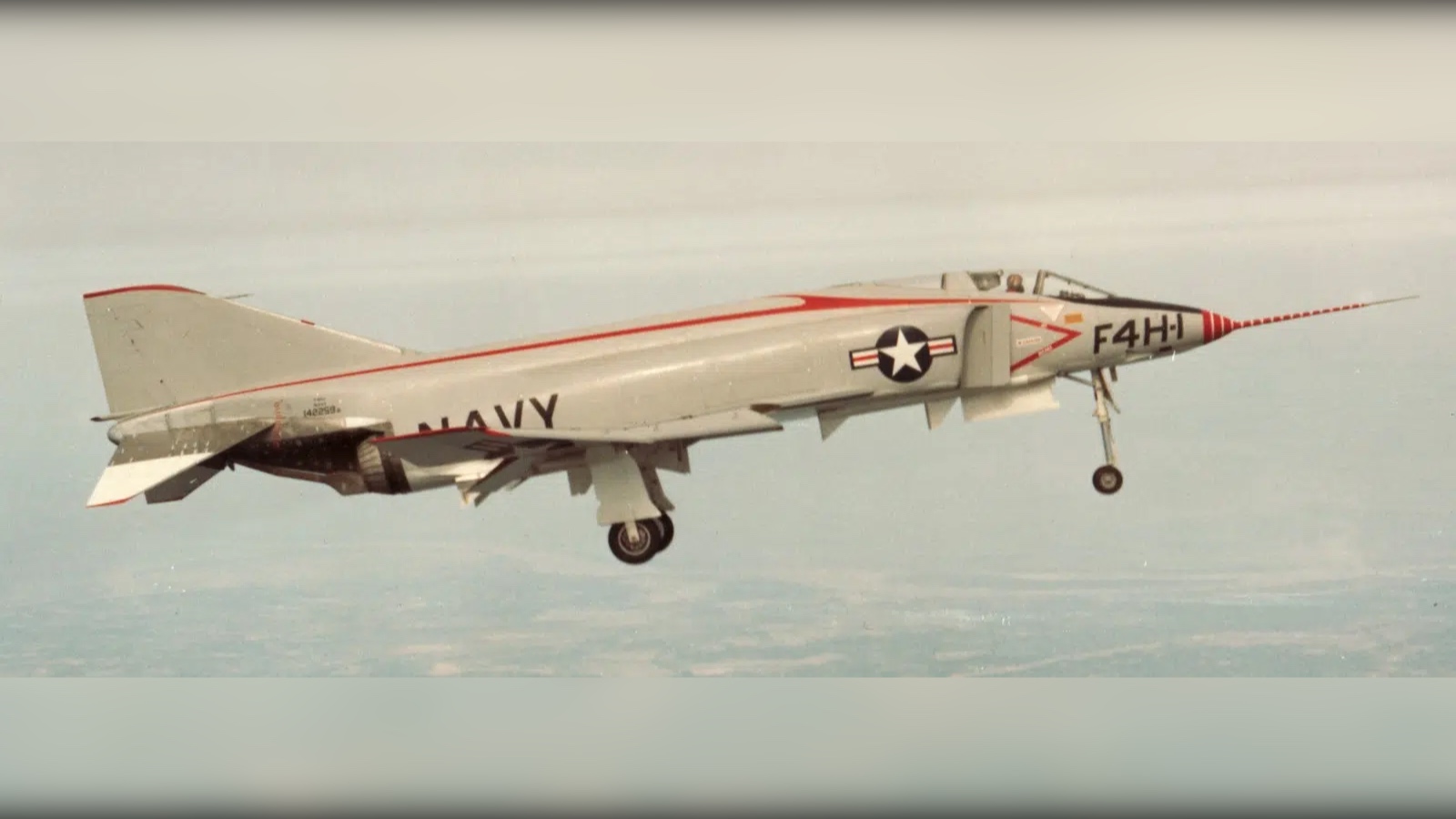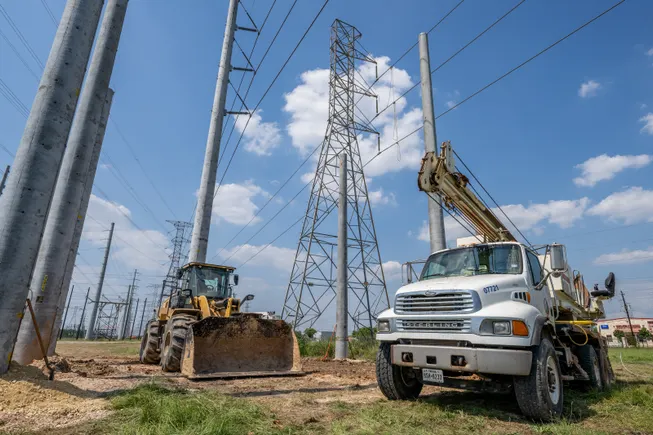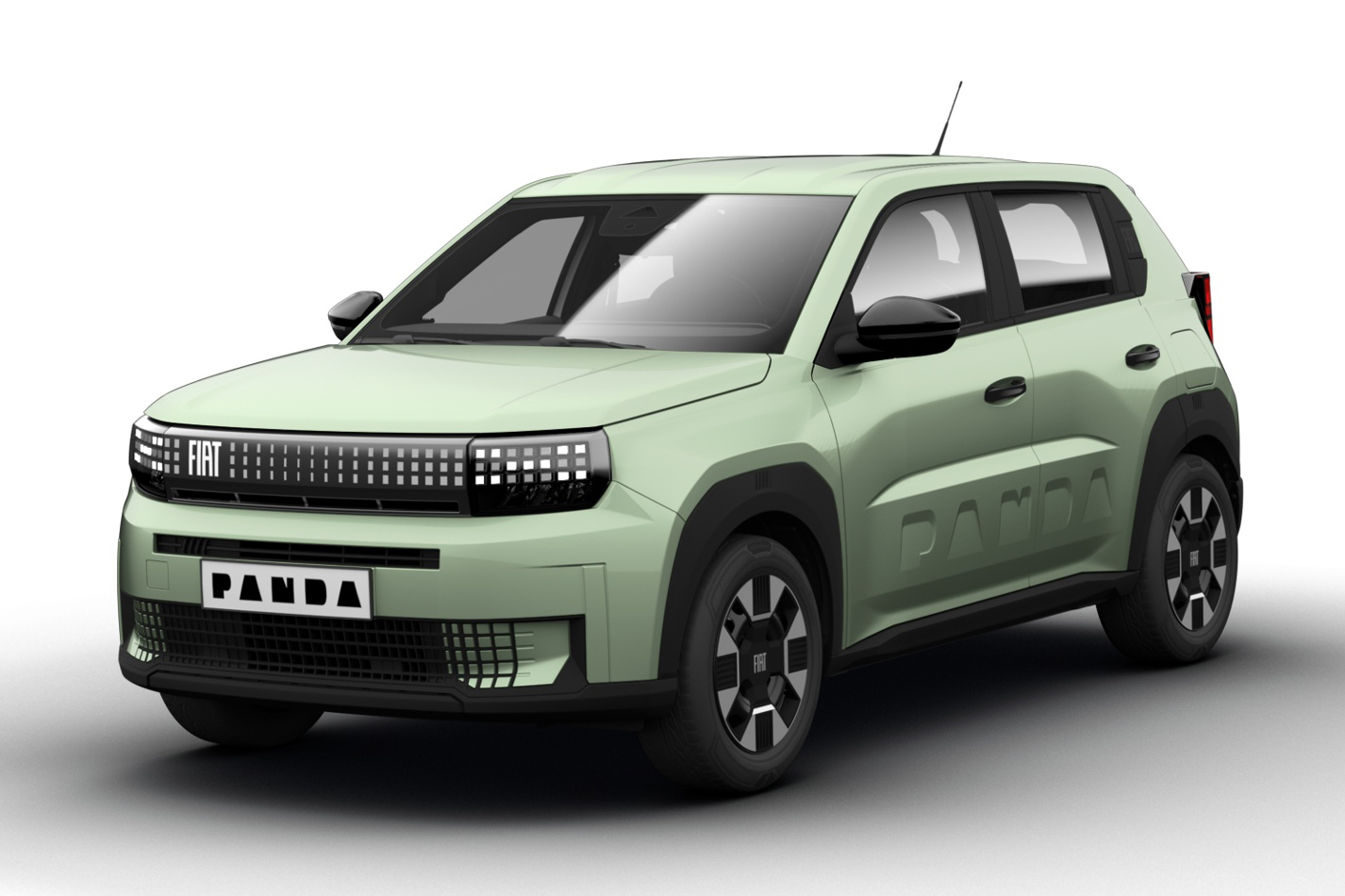Carlton, Diablo, Skyline... driving the very best cars of the 1990s
A rose-tinted spectacle: ’90s cars had a more individualistic appeal It's a star-studded showdown of modern classics as we revisit the era's stand-out cars Everyone loves 1990s cars. Over the past decade their popularity has risen rapidly as the differences between them and contemporary models have become ever more distinct. What’s the reason? After all, 1990s cars are now 25 to 35 years out of date. And there isn’t the same love out there for the cars of the 1980s or 2000s. It’s tempting to blame simple nostalgia: teenage kids of the mid-1990s are approaching 50 today. Back then they desired the cars of their era; today they can do something about it. We believe there’s much more to it than that, though. Today, the cars of the 1990s are admired by a far wider cohort of enthusiasts than those teenagers of the time. There’s a unique purity and originality baked into the best of them that speaks especially of the 1990s. What was so special about the era? Sociologists say our lives were simpler. The world economy boomed, the internet was in its infancy and there were no smartphones. Computers were boxy beige appliances people used only at work. One pithy 10-word summary of the 1990s speaks of ‘better music, better movies, better people, better cars, better economy’. For car companies life was simpler, too. Climate change wasn’t yet an issue. Government regulation of car design was a factor, but shapes and structures were limited far less than today. Dieselgate was two decades away. No one saw a need for today’s vast investment in electric cars and battery tech, but car companies’ economics were already greatly assisted by platform theory: distinct models built off similar underpinnings. Car companies were far more free to concentrate on creating cars people could love – and they did. This realisation, this rising interest in the 1990s, is what encouraged us recently to gather 10 of the best and most disparate 1990s cars we could find at a favourite location in Gloucestershire. The mission was to drive and understand the rationale behind them all over again, to enjoy them and to discover, above all, whether all the love was misplaced. Here’s how it went, alphabetically speaking. Audi TT The Audi TT, launched late in 1998, is one of the most successful ‘platform’ models yet created. Not many who viewed it as a cheaper Porsche Boxster alternative would have known, without being told, that this individualistic and timeless 2+2 coupé, revealed as a concept in 1995, was really a Volkswagen Golf. When we finally got our hands on a 225bhp 1.8-litre turbo version in December 1998, we were enthusiastic about its strong performance, entertaining handling and terrific cabin. The TT lived a long life: the last of three generations was built in November 2023. But the original TT styling that emanated in VW’s California studios makes a particular case for ’90s cars. It is by far the most distinctive of the three TTs and destined always to be the collectors’ favourite. Matt Prior instantly liked the TT, calling it “a proper concept car made real”. Illya Verpraet was also surprised. “It’s not a sports car,” he wrote, “but it’s very pleasant and rounded to drive. "The driving position is good, the gearchange is positive, the engine is strong and smooth and there’s plenty of usable grip. It’s a design icon you can use like a normal car.” Not bad going for a 27-year-old (the car, not Verpraet…). BMW 5 Series BMW’s E39 528i is a fine example of the purity of the Munich company’s styling, before the complications set in. The meaty straight six engine, the driver-focused driving position and the unmatched clarity of the two dominant instruments say ‘ultimate driving machine’ as effectively as the words themselves. There’s a lowness and a purity of line that speak unmistakably of a time when the revered Wolfgang Reitzle was still running the show and producing a generation of BMWs that is still much admired. This was the pre-Bangle era, when the design chief and management felt compelled to find a new styling direction. Launched in 1995, the E39 looks small today, roughly the size of today’s 3 Series, but there’s an authority to its shape that still identifies it as the mid-range executive model. “Even now,” writes James Disdale, “the 5 Series stands up to the scrutiny of modern eyes, ears and hands. The interior is spacious, the dashboard is an ergonomic masterclass and the driving position is without fault.” Then there’s that creamy-smooth 2.8-litre straight six that generates more than enough energy to easily keep pace with today’s traffic. It’s only the slightly ponderous shift time of the otherwise slick five-speed auto that ages the car. The steering is naturally geared and weighted, the natural rear-drive balance can be exploited at sensible speeds and it’s refined enough to shame many moderns. Ford Mondeo By contrast, the Ford Mondeo 1.8 LX mostly set out to impress fleet managers. This was the Blue Oval at the heigh
A rose-tinted spectacle: ’90s cars had a more individualistic appealIt's a star-studded showdown of modern classics as we revisit the era's stand-out cars
Everyone loves 1990s cars. Over the past decade their popularity has risen rapidly as the differences between them and contemporary models have become ever more distinct.
What’s the reason? After all, 1990s cars are now 25 to 35 years out of date. And there isn’t the same love out there for the cars of the 1980s or 2000s.
It’s tempting to blame simple nostalgia: teenage kids of the mid-1990s are approaching 50 today. Back then they desired the cars of their era; today they can do something about it.
We believe there’s much more to it than that, though. Today, the cars of the 1990s are admired by a far wider cohort of enthusiasts than those teenagers of the time. There’s a unique purity and originality baked into the best of them that speaks especially of the 1990s.
What was so special about the era? Sociologists say our lives were simpler. The world economy boomed, the internet was in its infancy and there were no smartphones. Computers were boxy beige appliances people used only at work. One pithy 10-word summary of the 1990s speaks of ‘better music, better movies, better people, better cars, better economy’.
For car companies life was simpler, too. Climate change wasn’t yet an issue. Government regulation of car design was a factor, but shapes and structures were limited far less than today.
Dieselgate was two decades away. No one saw a need for today’s vast investment in electric cars and battery tech, but car companies’ economics were already greatly assisted by platform theory: distinct models built off similar underpinnings. Car companies were far more free to concentrate on creating cars people could love – and they did.
This realisation, this rising interest in the 1990s, is what encouraged us recently to gather 10 of the best and most disparate 1990s cars we could find at a favourite location in Gloucestershire.
The mission was to drive and understand the rationale behind them all over again, to enjoy them and to discover, above all, whether all the love was misplaced. Here’s how it went, alphabetically speaking.
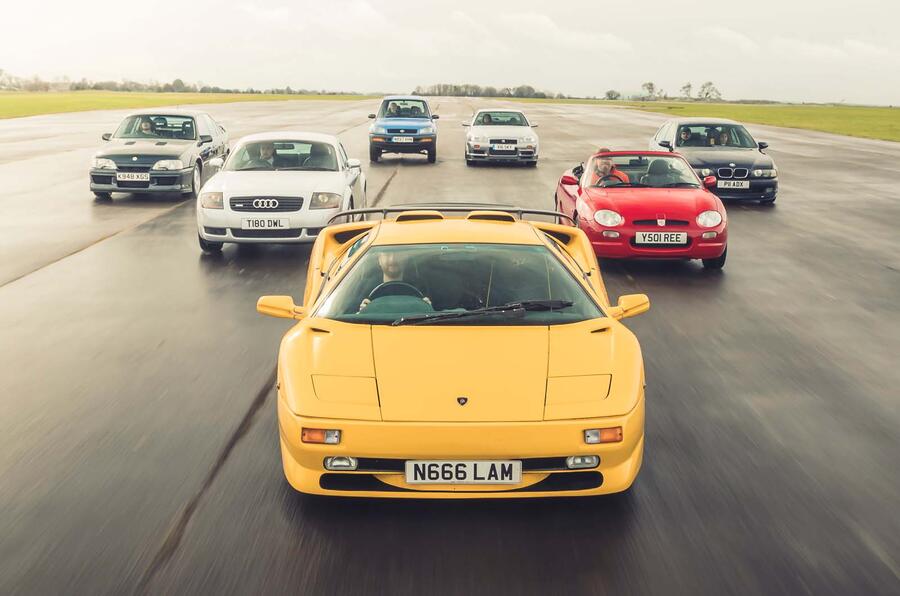
Audi TT
The Audi TT, launched late in 1998, is one of the most successful ‘platform’ models yet created. Not many who viewed it as a cheaper Porsche Boxster alternative would have known, without being told, that this individualistic and timeless 2+2 coupé, revealed as a concept in 1995, was really a Volkswagen Golf.
When we finally got our hands on a 225bhp 1.8-litre turbo version in December 1998, we were enthusiastic about its strong performance, entertaining handling and terrific cabin.
The TT lived a long life: the last of three generations was built in November 2023. But the original TT styling that emanated in VW’s California studios makes a particular case for ’90s cars. It is by far the most distinctive of the three TTs and destined always to be the collectors’ favourite.
Matt Prior instantly liked the TT, calling it “a proper concept car made real”. Illya Verpraet was also surprised. “It’s not a sports car,” he wrote, “but it’s very pleasant and rounded to drive.
"The driving position is good, the gearchange is positive, the engine is strong and smooth and there’s plenty of usable grip. It’s a design icon you can use like a normal car.” Not bad going for a 27-year-old (the car, not Verpraet…).
BMW 5 Series
BMW’s E39 528i is a fine example of the purity of the Munich company’s styling, before the complications set in. The meaty straight six engine, the driver-focused driving position and the unmatched clarity of the two dominant instruments say ‘ultimate driving machine’ as effectively as the words themselves.
There’s a lowness and a purity of line that speak unmistakably of a time when the revered Wolfgang Reitzle was still running the show and producing a generation of BMWs that is still much admired.
![]()
This was the pre-Bangle era, when the design chief and management felt compelled to find a new styling direction. Launched in 1995, the E39 looks small today, roughly the size of today’s 3 Series, but there’s an authority to its shape that still identifies it as the mid-range executive model.
“Even now,” writes James Disdale, “the 5 Series stands up to the scrutiny of modern eyes, ears and hands. The interior is spacious, the dashboard is an ergonomic masterclass and the driving position is without fault.”
Then there’s that creamy-smooth 2.8-litre straight six that generates more than enough energy to easily keep pace with today’s traffic. It’s only the slightly ponderous shift time of the otherwise slick five-speed auto that ages the car.
The steering is naturally geared and weighted, the natural rear-drive balance can be exploited at sensible speeds and it’s refined enough to shame many moderns.
Ford Mondeo
By contrast, the Ford Mondeo 1.8 LX mostly set out to impress fleet managers. This was the Blue Oval at the height of its powers, and during a period when two-thirds of Britain’s new cars were bought by businesses.
But with the help of legendary chief engineer Richard Parry-Jones, Ford had moved on a long way from the crummy Cortina days.
When the Mondeo hit the market in 1993 it was praised by Autocar in a mighty 14-page launch test entitled ‘Mondeo is king’ and which was alleged to have boosted Ford’s New York share price. We followed that up a couple of months later by driving a 1.8 LX 12,000 miles around Europe in a week.
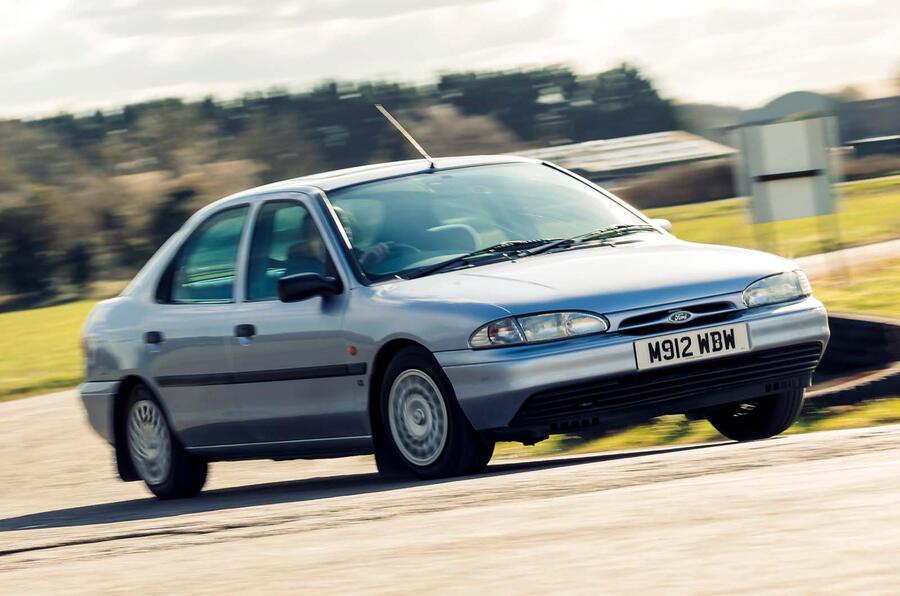
Verpraet reckons the Mondeo aces Parry-Jones’s famous 20-metre test, because the driving position is great and the controls are easy and intuitive – both things you notice before you’re out of first gear. “It can’t help feeling old because of the shape, colour, materials, low waistline and vast glass area,” he added, “but you can row it along in ordinary traffic and feel very satisfied.”
Prior is a bit worried for the Mondeo, though. “It’s showing little sign of moving from the old banger phase and into its classic time,” he said. “I’m not even sure the Sierra, its predecessor,has managed to do that yet.”
Lamborghini Diablo SV
Hard to find a greater contrast to a Mondeo than a Lamborghini Diablo SV, launched in the mid-1990s as a higher-powered (but ironically slightly cheaper) version of the standard 1990 Diablo, born as the Countach replacement.
Yet, like the Mondeo, it typifies the 1990s in several ways: it was completed under Chrysler ownership of the company, which came about at a time when big corporations were becoming interested in bespoke sports car manufacturers (Toyota, then General Motors, at Lotus; Ford at Aston Martin).
Its design, originally penned by Marcello Gandini in his sharp-edged style, was ‘softened’ by Chrysler’s people, a move which today indisputably ages the car.
The car you see here was our original road test machine, and it definitely speaks of another era. The scissor-opening doors make ingress and egress very hard, the driving position isn’t brilliant and reversing the Lambo is a guessing game because rear vision is so poor.
Yet when you drive it today there’s a magnificent exuberance about the engine’s thrust and sound – and the all-mechanical gated gearchange – which takes you right away from the curbs and limitations of today. Once you learn its quirks, the car drives very well.
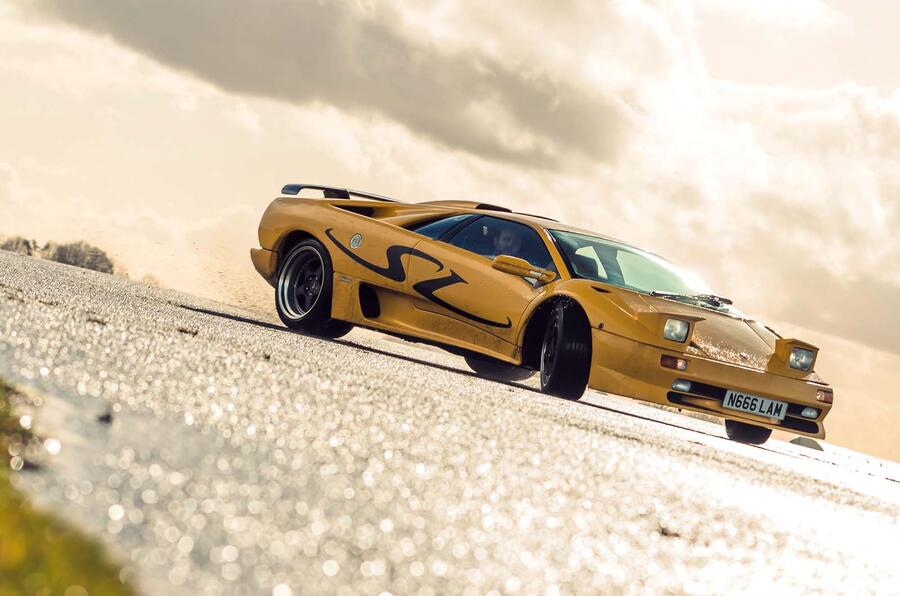
Steering is heavy, but grip is still impressive. And because the weight is lower than many today – at 1570kg – the SV doesn’t even feel excessively large or heavy, although it did at the time.
Lotus Elise
‘Dated’ really isn’t a description you should apply to the Lotus Elise, a car many agree always looked best in its original form. In fact, it looks modern and well-proportioned enough to be made today.
The Elise also embodies some of the most important values of 2025 affordable car design: chassis rigidity, light weight and a corrosion-free bonded structure, in this case made from extruded aluminium.
The Elise appeared soon after Lotus’s unsuccessful dalliance with a front-wheel-drive Elan, and it took the company right back to the Chapman era of compact, rear-drive simplicity. The Elise was conceived in the early 1990s and launched in 1995, and at the time we reckoned it “really is the new Seven”.
About that we were half right: it was more civilised and somewhat heavier than a Seven, but like the Caterhams it utilised brilliantly components that were common and cheaply available.
For yours truly, the original Elise is a reminder of why I’ve owned two of them – and why I sold them. They were quick for the power, agile and terrific fun to drive, and quite reliable for a marque not known for it.
But entry is problematic and the hoods are terrible. Still, once you’re installed, they always feel special: they remind you why power steering, for the purest cars, simply isn’t needed.
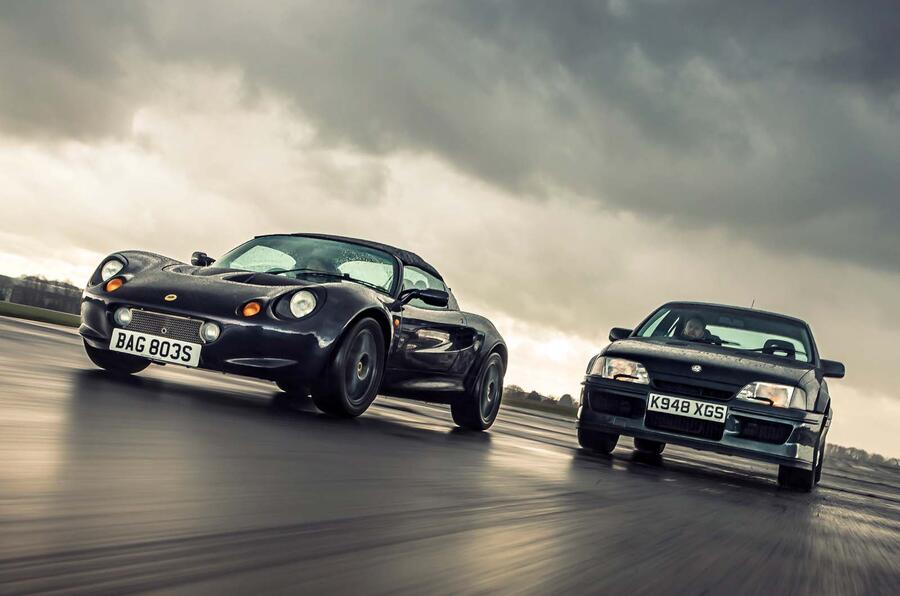
Mercedes A-Class
If cars such as the original Audi TT and Lotus Elise are lasting icons, the Mercedes-Benz A-Class will always be a curiosity: a novel car whose launch was interrupted by its highly publicised failure of the elk test, an extreme examination in swervability invented by Car of the Year jurors in Scandinavia.
Hatched during an era when premium manufacturers were finding new ways to steal sales from mainstreamers like Ford and Renault, the A-Class is shorter than a Ford Fiesta and very boxy. Disdale was pretty enthusiastic about our A140 Elegance.
“Take a spin in the A140 and you’ll wonder why it didn’t spark a revolution,” he said. “It sold in decent numbers, but few other manufacturers were willing to follow Mercedes’ bold, engineering-led approach.
No doubt the A-Class cost a fortune to develop, but the result is a car that packs a remarkable amount of space into a compact footprint, and its clever sandwich-section floor was designed to swallow the engine in a frontal impact.
“There’s SUV-like elevation to the driving position that combines brilliantly with excellent visibility, while on the move the A-Class feels far more agile and secure than that infamous elk test would have you believe.”
MGF
While Lotus was at work on the Elise, Rover Group, which had spent the 1980s using its MG badges to distinguish assorted, not-very-good Rover saloons, decided to use its new K-series engine, plus various Metro suspension parts, in a new mid-engined roadster called the MGF, an answer to the many calls for another two-seater after MGB production ended in 1980.
The F hit the market just as BMW acquired Rover, but when BMW departed five years later it became part of a management buyout (by the infamous Phoenix Four) that formed MG Rover.
![]()
It was a decent little car whose styling was the work of Gerry McGovern, JLR’s design chief today, and it sold well for a while even against the Mazda MX-5. But indifferent build quality and corporate uncertainties weighed against it.
Still, even today it’s a well-founded, practical and good-looking little car, available at bargain prices. Matt Saunders rated the F as “not quite as entertaining to its core as a Mazda MX-5”, but praised it for its responsiveness, agility and pliant, Hydragas ride.
“It’s a carefree sports car you wouldn’t feel obliged to drive the wheels off and could enjoy at any speed,” he added.
Nissan Skyline
For a bewildering array of generations, models and specifications, look no further than Nissan’s array of Skylines, a breed that began in the 1960s at Prince Motors before that defunct marque was acquired by Nissan.
Happily for UK buyers in the 1990s, the key car was the Nissan Skyline R34 GT-R, a byword for expensive, high-tech Japanese performance, what with its four-wheel drive, four-wheel steering and meaty 276bhp 2.6-litre straight six, fed via two turbochargers.
Skylines were rare and very often augmented with wheel and bodywork mods and huge power increases; they were such a means to a performance end that standard cars like the example we have here are now extremely rare.
“Years ago it was impossible to drive a Skyline GT-R without it bearing an enormous weight of cultish hype,” said Saunders. “Today, though, you can just let this car’s driving experience wash over you. Or rather swallow you whole, after you’ve let the boost build fully.
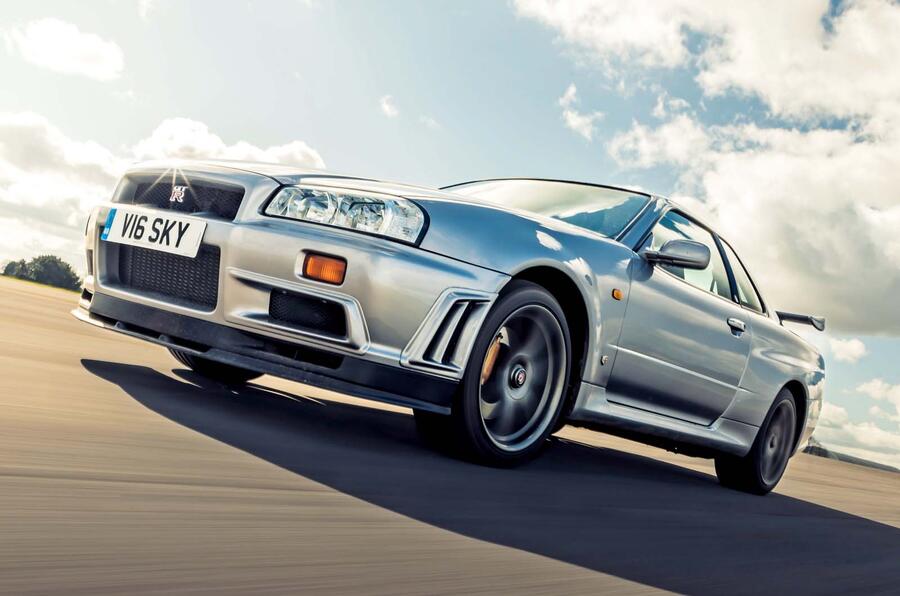
I was surprised how compact, lightweight, tactile and old-school analogue this car felt. Still quick, too, even by modern standards, and it still has that competition-firm body control and natural rear-wheel-drive cornering poise. I loved it.”
Toyota RAV4
Given all the 1990s action above, it’s probably no surprise that this fruitful era can also claim to have hatched the now universally desired compact SUV – via the launch of the Toyota RAV4.
Born as a concept in 1989, it popped up in three-door form in the UK in June 1994 and as a five-door a year later. As many SUV pretenders now do, Toyota drew bits from existing models: a Corolla platform, a Camry engine, Celica GT4 suspension and about the cutest original shape going.
Of course, it was wildly successful. Mind you, a glance at our original three-door and the latest like-the-others RAV4 of 2025 suggests – once again – that the 1990s was indeed an era of inventiveness and purity in car creation.
Saunders said: “Full disclosure: if Land Rover’s Discovery Mk1 had been available, this Toyota might not have made the cut – but I’m glad it did. I’m convinced there would have been no Freelander, Qashqai, CR-V and the rest without a RAV4 to prove the public appetite for small, cheap, higher-riding cars.
"It feels like some better-mannered Series 1 Land Rover on the road: compact, upright and quietly agile, with great visibility, cheery looks and lots of charm.”
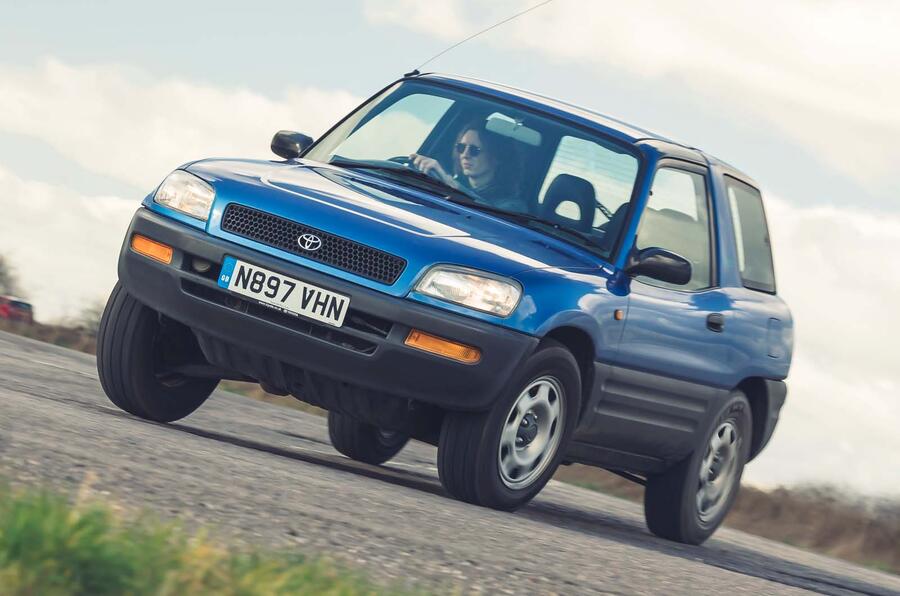
Lotus Carlton
Big performance, not cuteness, was the major criterion for the remarkable 1990 Vauxhall Lotus Carlton, an outcome of General Motors’ seven-year control of Lotus between 1986 and 1993.
The Hethel company had been successful with the Lotus Cortina and Talbot Sunbeam Lotus, so why not a hot-shoe version of the straight-six-powered Vauxhall Carlton?
With chassis mods plus a 377bhp twin-turbo engine, the Vauxhall Lotus Carlton could run a 5.1sec 0-60mph time and reach 176mph – which made it officially the world’s fastest four-door. Autocar asked Richard Noble, then the world land speed record holder, to run a top speed, but he couldn’t beat the official mark.
“I came of age reading about the Carlton’s top speed,” writes Richard Lane. “Having driven one now, I see there’s much more to the experience. There’s a sumptuous cockpit with the kind of visibility alien to modern counterparts.
And because the ride is pliant, it’s a lovely thing just to stroke along 98% of the time. For the other 2% it’s a riot. It has a power-to-traction ratio you don’t see in modern cars. Torquey six, manual ’box and limited adhesion? It’s a super-saloon that can be steered on the throttle anywhere, any time.”
Verdict
There’s no winner here. The whole decade of 1990s car design and engineering is what earns the accolade. This sample of cars launched in the 1990s contains a wonderful array: timeless icons that were better than their replacements (Elise, TT), important trend-setters (RAV4, MGF), volume cars done at a new, higher standard (528i, Mondeo) and performance cars that progressed the genre in new ways (Diablo, Skyline, Carlton).
That leaves only the Mercedes A-Class, whose makers never saw fit to take it very far along the bold technical path on which it started out.
Which is ironic: if our view of the future tells us anything, it is that small, space-efficient car designs are what the world will surely need.











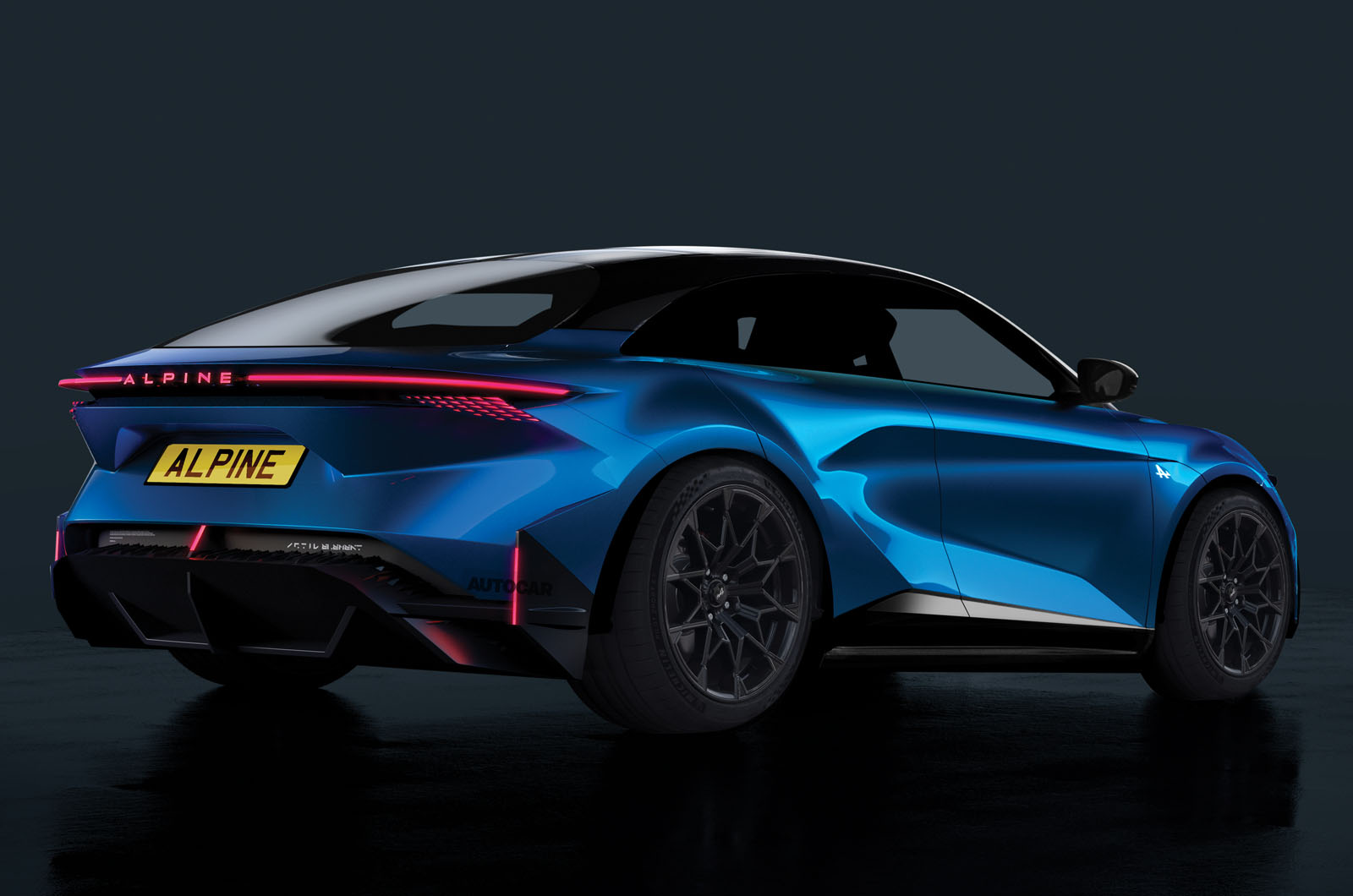
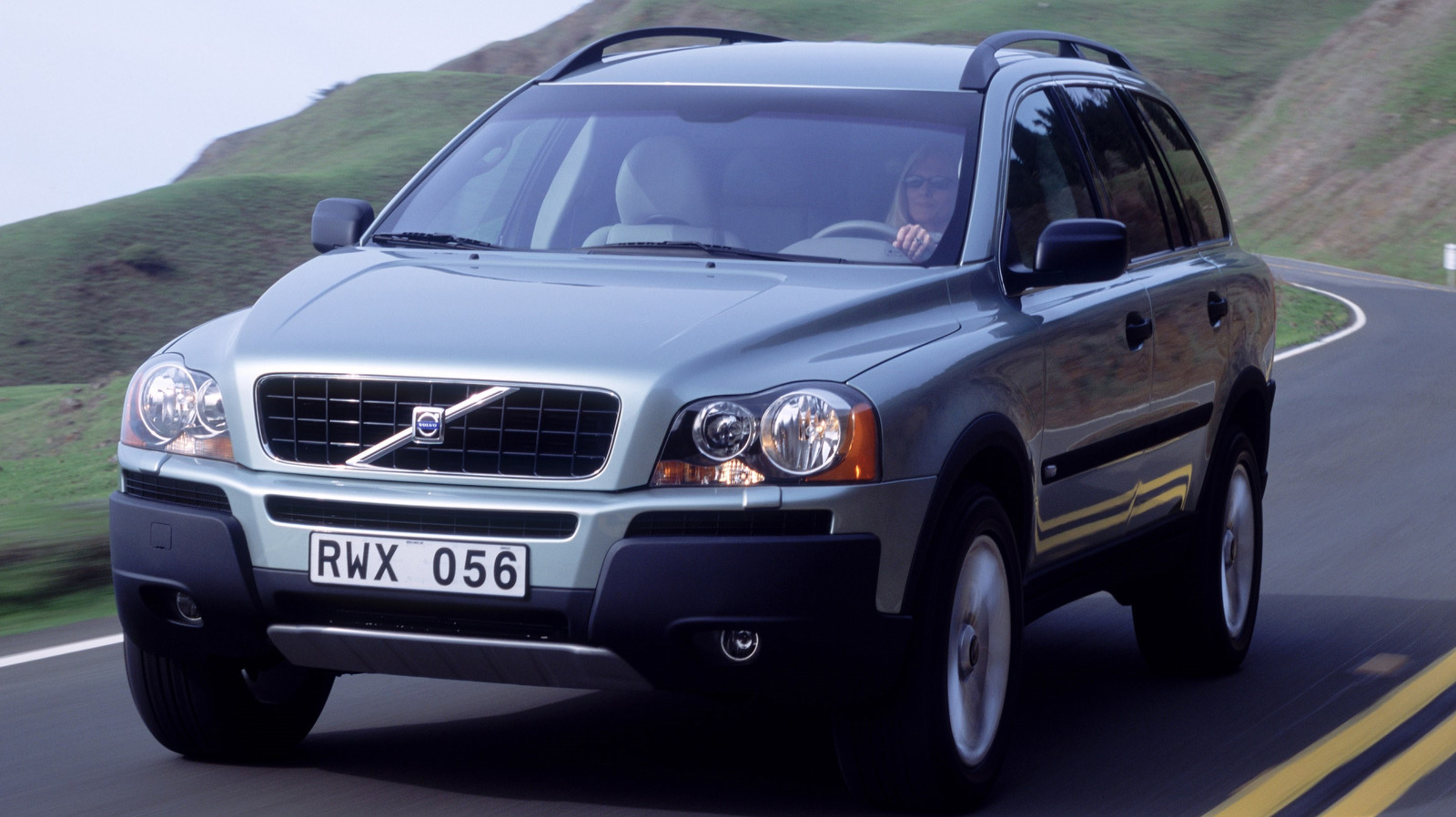
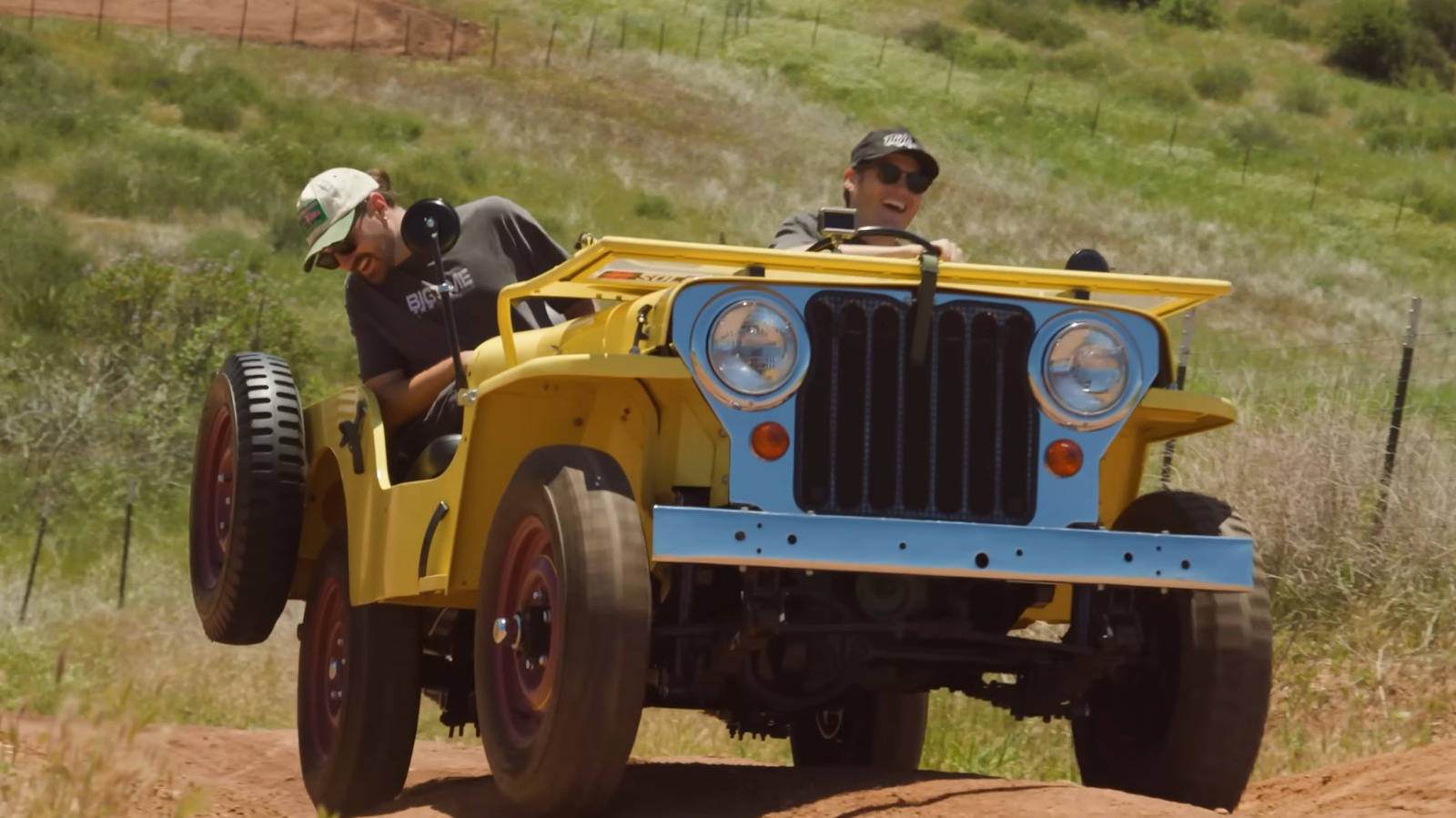


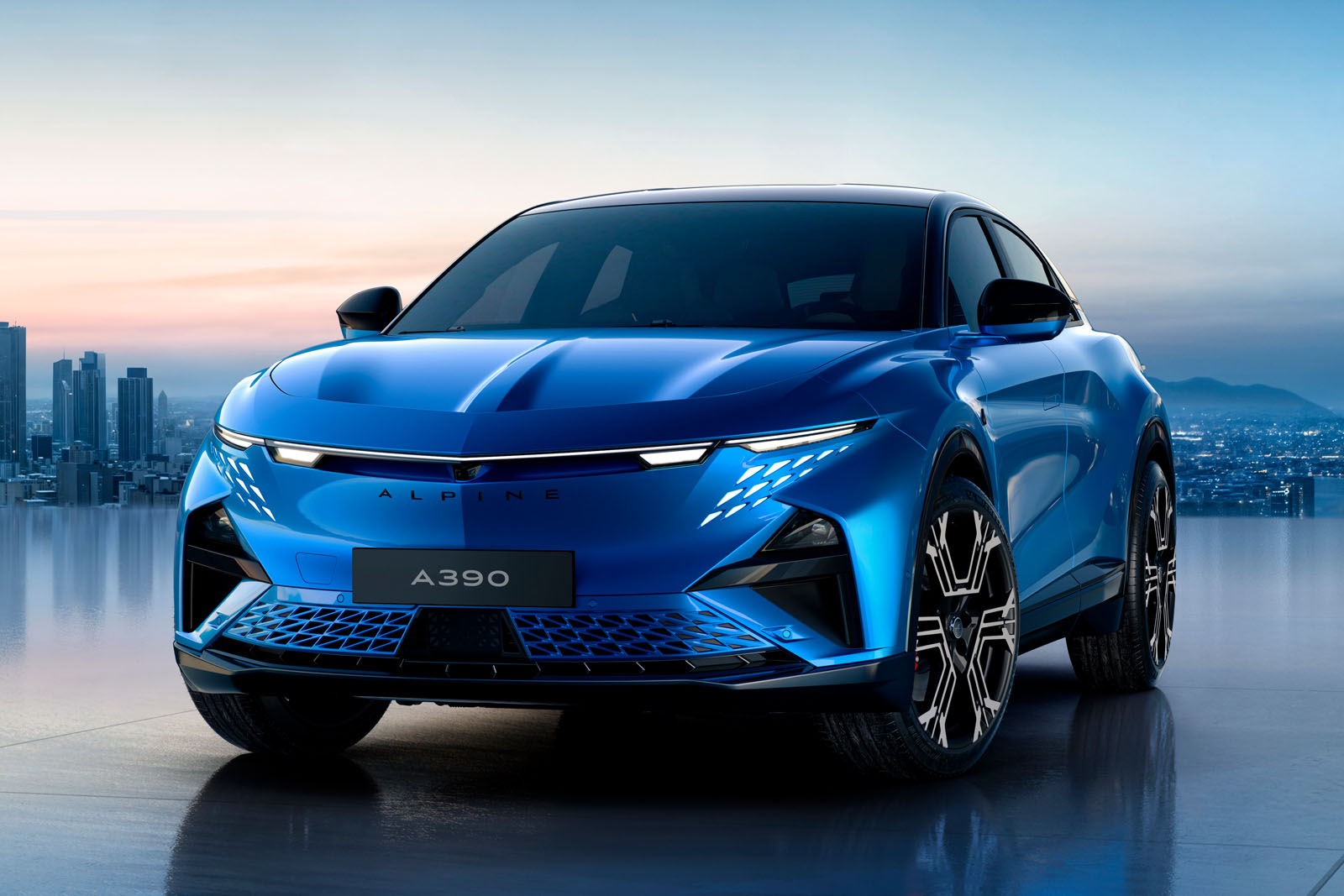
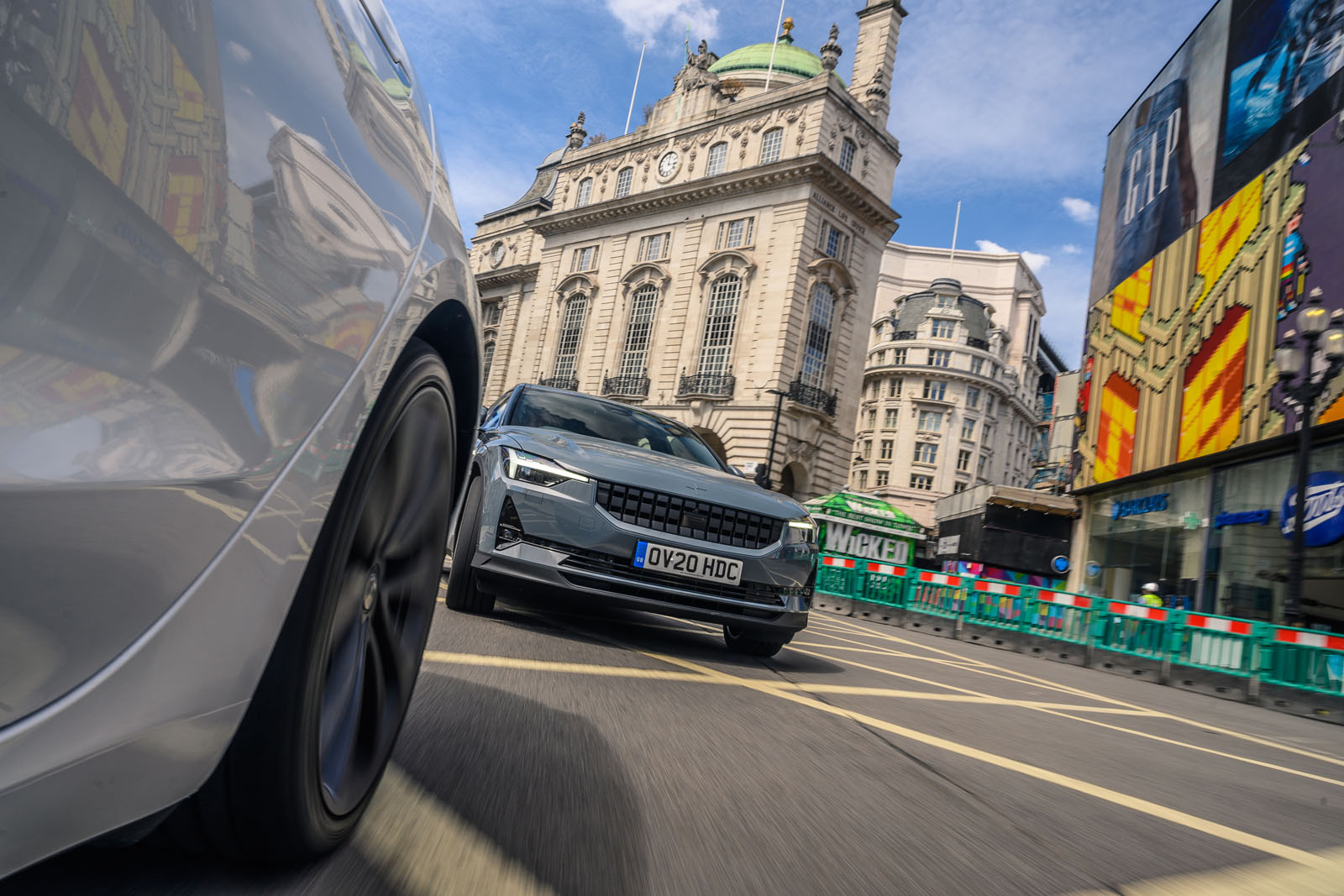












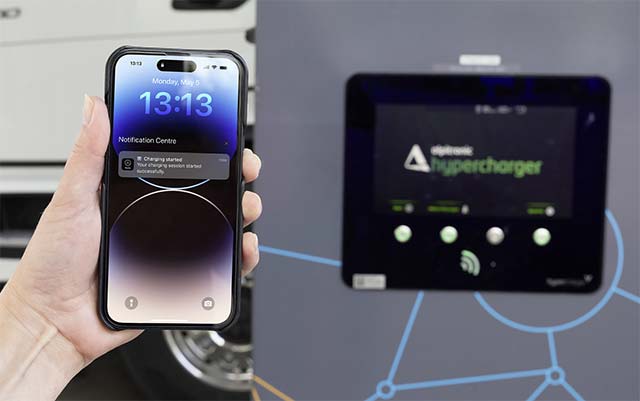
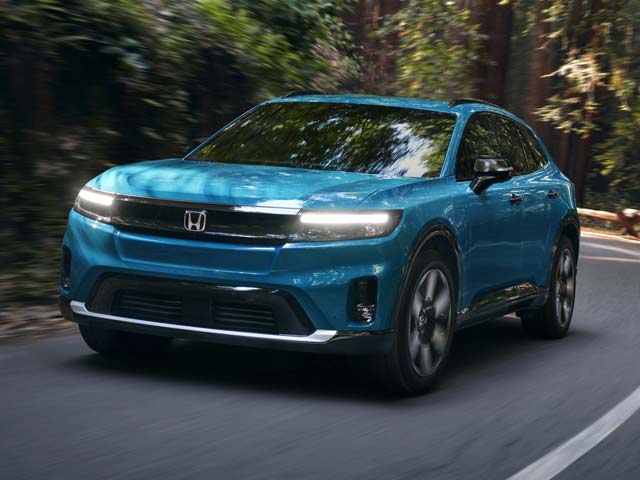
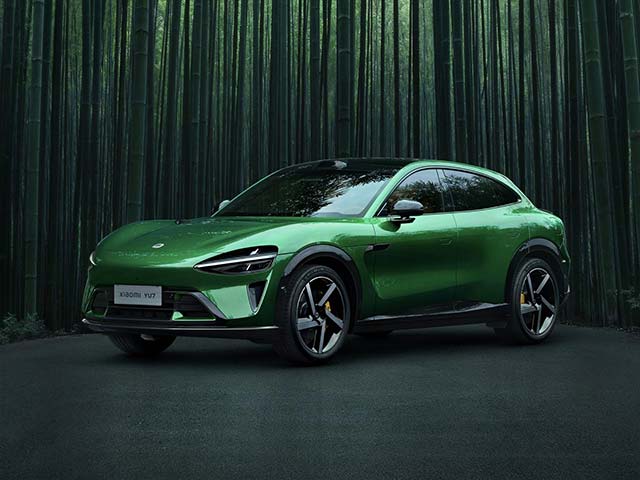
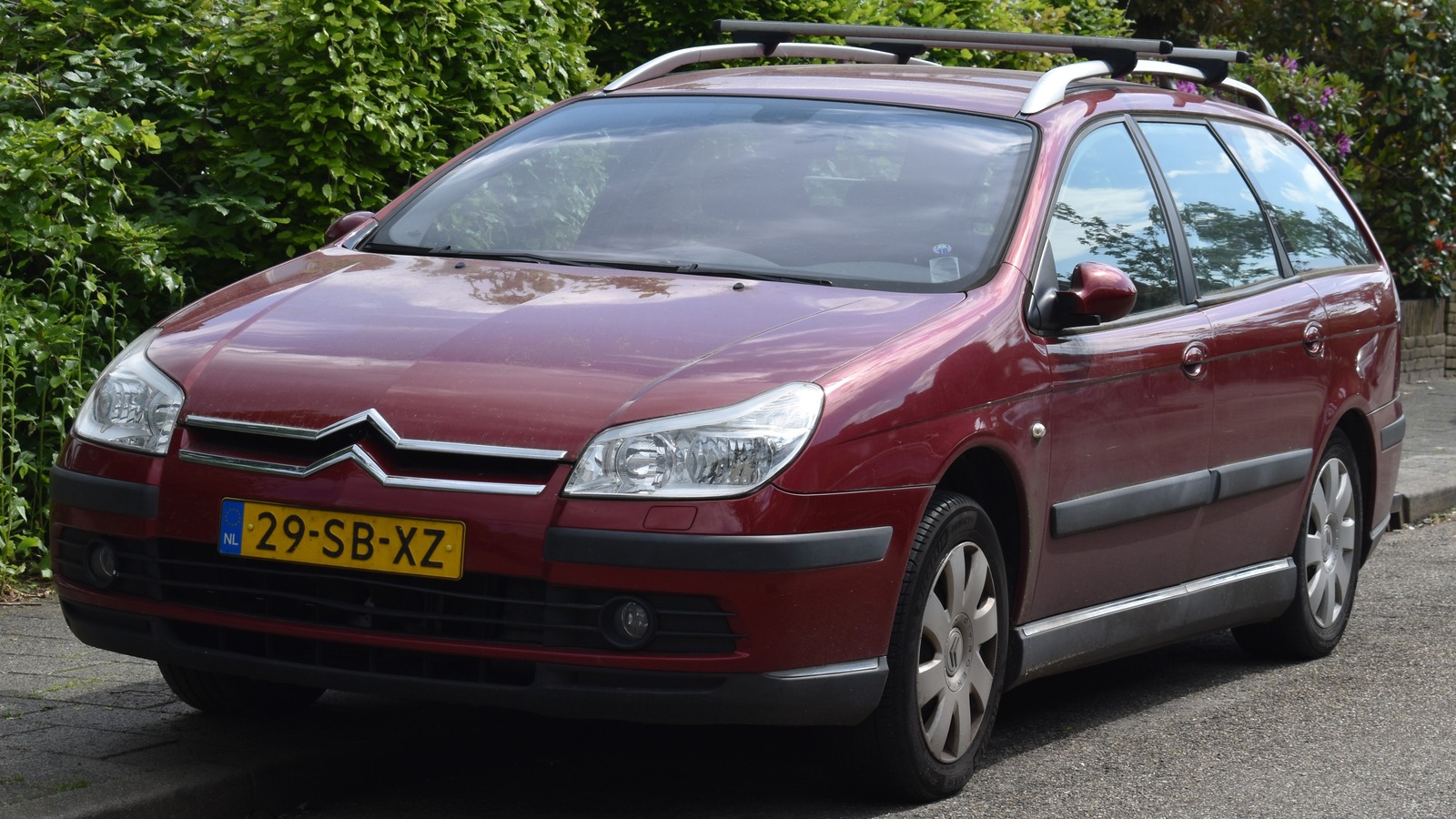




























































![[Video] The Weekly Break Out Ep. 19: Army aviation’s shakeup and the F-35’s future](https://breakingdefense.com/wp-content/uploads/sites/3/2025/05/EP-19-THUMB-play-button.jpg?#)













